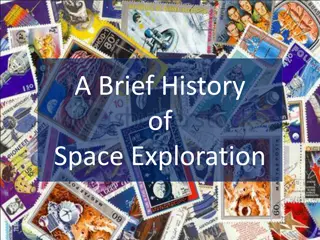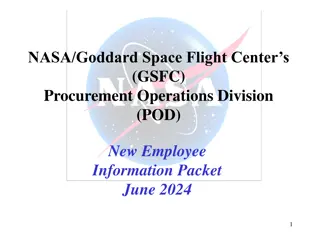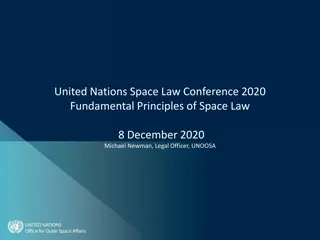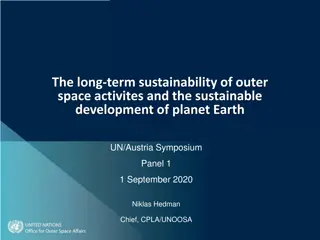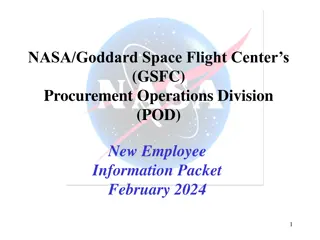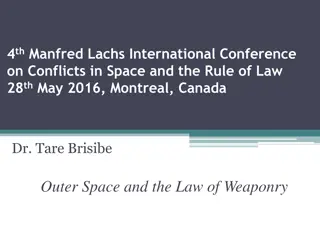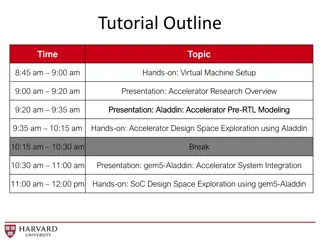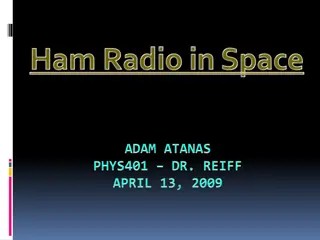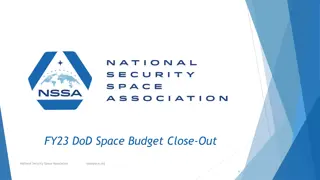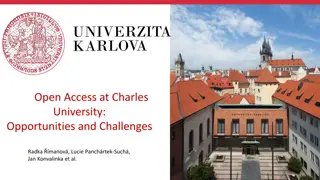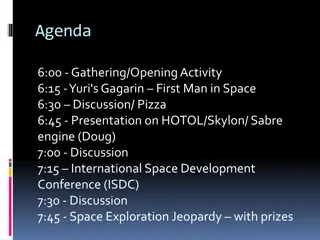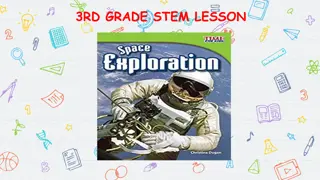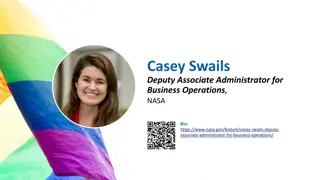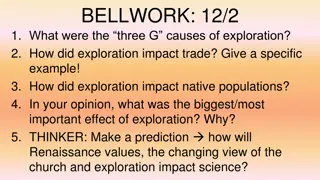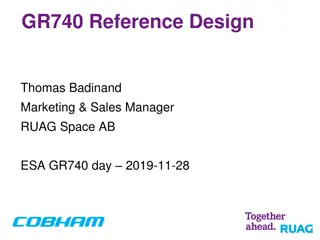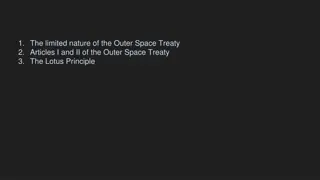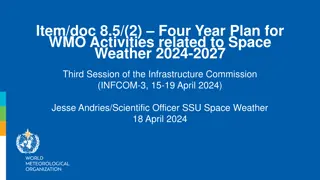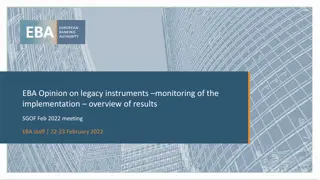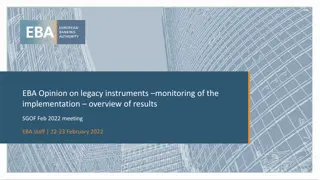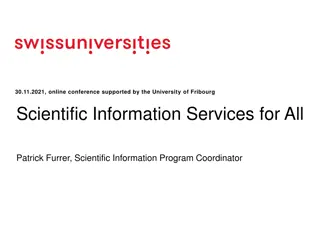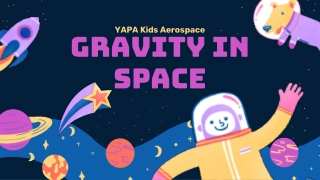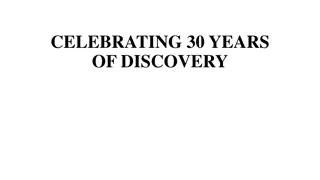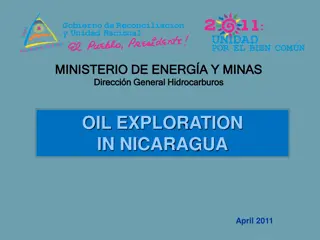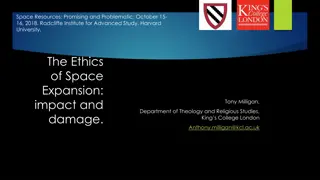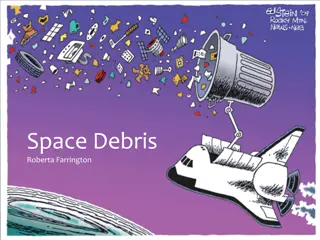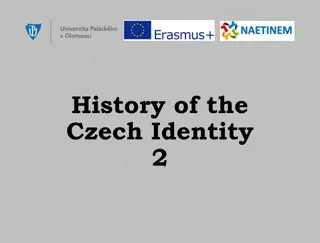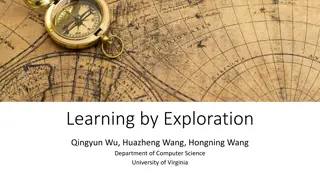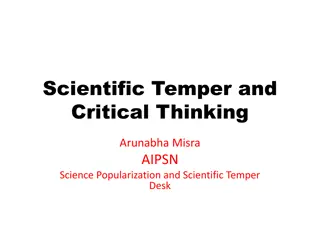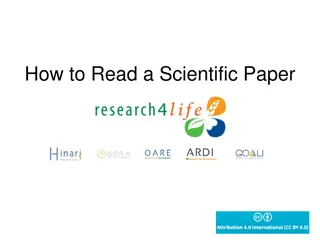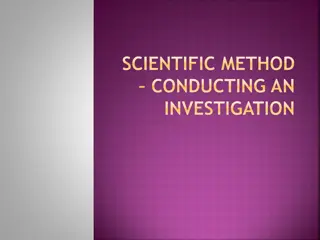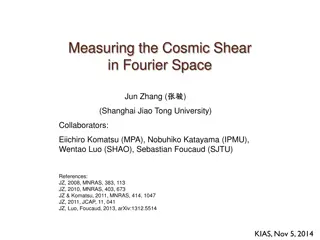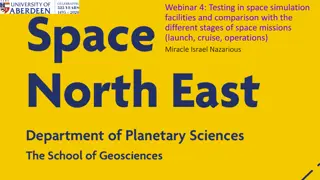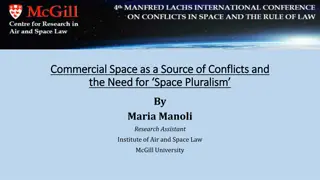Space Activities at Charles University: A Legacy of Scientific Exploration
Founded in 1348 by Charles IV, Charles University has been at the forefront of space activities with a focus on the Faculty of Mathematics and Physics and the Faculty of Natural Sciences. From launching satellites in the INTERCOSMOS initiative to pioneering projects like Bepi Colombo, the university has contributed significantly to space research. Notable missions include the PG-1 experiment, INTERSHOCK project, and INTERBALL project, showcasing a legacy of innovation in space exploration.
Uploaded on Oct 07, 2024 | 0 Views
Download Presentation

Please find below an Image/Link to download the presentation.
The content on the website is provided AS IS for your information and personal use only. It may not be sold, licensed, or shared on other websites without obtaining consent from the author. Download presentation by click this link. If you encounter any issues during the download, it is possible that the publisher has removed the file from their server.
E N D
Presentation Transcript
Space activities at Charles University 1348 founded by Charles IV as the first university north of Alps now 17 faculties teach more than 50 000 students, space activities are concentrated at Faculty of Mathematics and Physics and Faculty of Natural Sciences 1967 - space activities starts in frame of the INTERCOSMOS initiative 1970 launch of Intercosmos 3 satellite with PG-1 apparatus 2006 first project (Bepi Colombo) in frame of the ESA PECS initiative granted to MFF 2018 successful launch of the Bepi Colombo mission
First experiment in space 1970 - PG-1 for investigation of radiation belts, Interkosmos 3 satellite Semiconductor detectors Electronics Detail of design Follow-up missions Interkosmos 5, 1971; PG1A Interkosmos 13, 1973, PG1B, EMA Interkosmos 17, 1975, ESA Russian national program Prognoz 7, 1978, PEAS Prognoz 8, 1980, Monitor GSE
INTERSHOCK project - 1985 Largest space project, MFF UK developed a great majority of the scientific payload Investigation of the bow shock formation BIFRAM Solar wind complex AKME Mid-energy ions DOR High-energy electrons BROD Central processor unit TP 3 High-energy ions
INTERSHOCK project - 1985 Evolution of the ion distribution across the bow shock with 0.6 s time resolution. Better resolution achieved in 2016 by MMS mission Precise determination of the cross-shock potential - alphas used as test particles The mass composition of the solar wind
INTERBALL project - 1995-96 First coordinate measurements of 4 spacecraft Investigation of the Solar wind magnetosphere coupling Interball-1/Magion-4 August 03, 1995; apogee 200 000 km period 92 hours Interball-2/Magion-5 August 29, 1996; apogee 20 000 km period 6 hours
INTERBALL LLBL structure Two-point observation of the LLBL, possibility of determination of the spatial structure Study of the structure of the high-altitude cusp M rka et al. (2002) afr nkov et al. (2002, 2007)
2011: BMSW onboard Spektr-R Bright Monitor of the Solar Wind Measurements of the solar wind velocity, density and temperature with time resolution of 30 ms First observation of the ion turbulence at kinetic scale - 7/3 - 7/3 - 7/3 -5/3 - 5/3 -5/3 - 3,8 - 4 - 4,2 N V B N V B N V B Low beta Middle beta High beta - 3,5 - 3,5 - 3,5
2011: BMSW onboard Spektr-R Investigation of the interplanetary shocks Ion ramp structure Waves associated with the shock A comparison of the fastest measurements of solar wind parameters prior to (blue) and after Spektr-R launch (red) Nemecek et al. (2013), Goncharov et al. (2014, 2016)
Future ESA missions Ion spectrometer for Bepi Colombo mission towards Mercury Ion spectrometer for Solar Orbiter mission Development of the front-end electronics Contribution to ground segment Financed partly via Czech PRODEX Spacecraft launched successfully, first data expected in five years
Future non-ESA missions Detector of run away electrons in sprites for the French TARANIS mission Fast solar wind monitor BMSW- LG for Russian Lunar orbiter (Luna Resurs) Full design, Faraday cups provided by Space Research Institute Fast processor unit and onboard software Financed partly via Czech PRODEX Fully financed by Charles University Expected launch 2022 Expected launch 2019 BMSW-LG STM
Space related investigations reactant + plasma source [ ] d A dt + + + n A = [ ] [ ][ ] B [ ] k A D A e a dn dt = 2 / n n buffer gas pump dn dt movable Langmuir probe 2 n = x reaction zone / + n ne 9 10 -3] ne [cm 8 10 0,0 0,5 1,0 1,5 t [ms] t = x/v 2,0 2,5 3,0 Flowing Afterglow Langmuir Probe FALP
Space Physics Laboratory Space research Preparation of space experiments Study of Sun-Earth relations First two-point determination of the magnetopause structure


